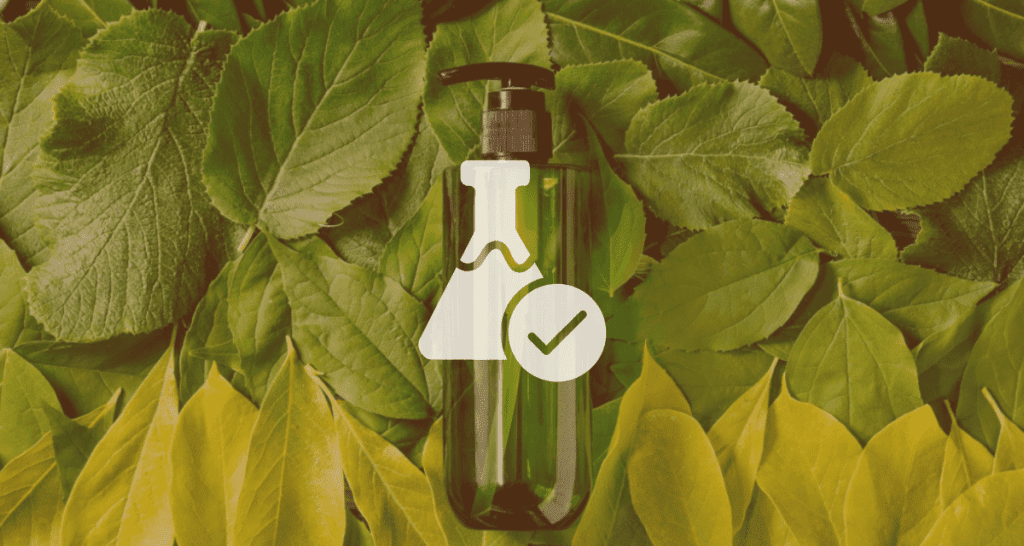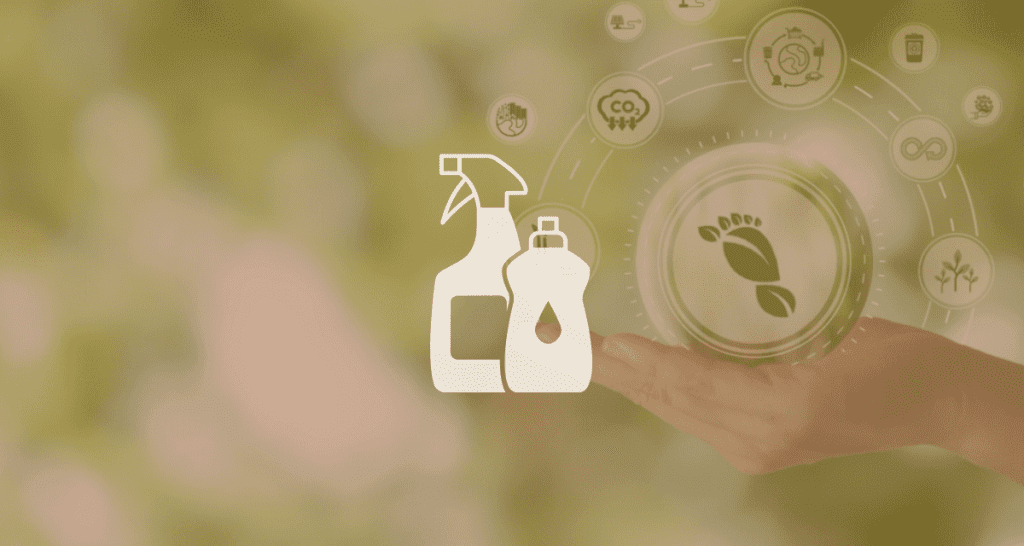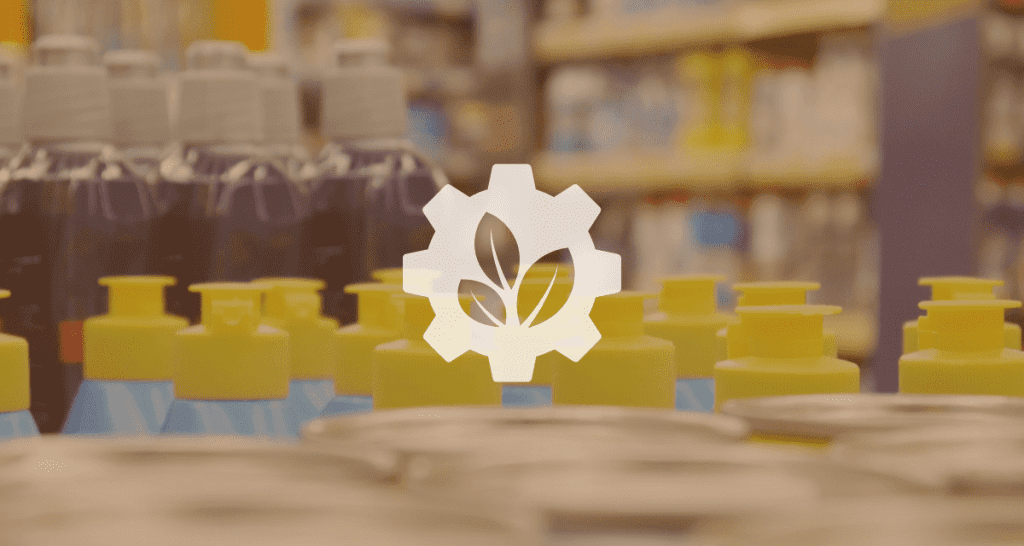The Importance of Cleaning Chemicals
Cleaning chemicals are formulated to facilitate the removal of dirt, grime, stains, and microorganisms from various surfaces. They are designed to enhance the effectiveness of cleaning processes, making them more efficient and time-saving. By understanding the different types of cleaning chemicals, we can make informed choices when selecting the most suitable products for specific cleaning tasks.
Cleaning is not just about maintaining a visually appealing environment; it is also crucial for hygiene and preventing the spread of infections. Regular cleaning and proper sanitation practices help eliminate harmful pathogens, allergens, and contaminants that can compromise our health. Effective cleaning chemicals play a vital role in achieving these objectives.
Alkaline Cleaners
Alkaline cleaners, or degreasers or heavy-duty cleaners, are formulated with alkaline substances such as sodium hydroxide or potassium hydroxide. These chemicals are highly effective in removing grease, oils, fats, and protein-based stains. Alkaline cleaners work by breaking down the bonds between dirt particles and surfaces, allowing for easy removal. They are commonly used in kitchen areas, industrial settings, and for cleaning tough stains on floors and walls.
In household applications, alkaline cleaners are ideal for removing stubborn grease and grime from kitchen appliances, countertops, and oven surfaces. In commercial and industrial settings, they are utilized to clean machinery, equipment, and textures that accumulate grease and oil residues.
Acidic Cleaners
Acidic cleaners are formulated with acidic compounds like hydrochloric acid or phosphoric acid. These cleaners are particularly useful for removing mineral deposits, rust stains, and hard water stains. Acidic cleaners work by dissolving the minerals and residues, making them easier to wipe away. However, it is important to use acidic cleaners with caution as they can cause damage to certain surfaces, such as marble or limestone. They are commonly used in bathrooms, toilets, and areas with high mineral buildup.
In domestic settings, acidic cleaners are beneficial for removing limescale from bathroom fixtures, such as faucets, showerheads, and toilet bowls. They can effectively eliminate rust stains from metal surfaces and dissolve mineral deposits on glass and ceramic surfaces.
Solvent Cleaners
Solvent cleaners are designed to dissolve and remove substances such as paint, ink, adhesive, and oil-based stains. They contain organic solvents like acetone, ethanol, or mineral spirits. Solvent cleaners are effective in breaking down the molecular structure of these substances, enabling their removal from surfaces. They are commonly used in automotive cleaning, industrial settings, and for removing stubborn stains from hard surfaces.
Solvent cleaners are particularly useful for cleaning surfaces that are not water-resistant or may be damaged by water. They are commonly used in automotive workshops to remove grease, oil, and paint residues from car parts and engine components. In industrial settings, solvent cleaners are employed to clean machinery, tools, and surfaces contaminated with oil, ink, or adhesives.
Disinfectants and Sanitizers
Disinfectants and sanitizers are chemicals used to kill or inhibit the growth of microorganisms, including bacteria, viruses, and fungi. They are crucial in maintaining cleanliness and hygiene, especially in healthcare facilities, food establishments, and public areas. Disinfectants are typically more potent than sanitizers and are used to destroy a wider range of microorganisms. Sanitizers, on the other hand, reduce the number of microorganisms to a safe level. Common disinfectants and sanitizers include chlorine-based compounds, quaternary ammonium compounds (quats), hydrogen peroxide, and alcohol-based solutions.
Disinfectants and sanitizers are essential in preventing the spread of infectious diseases. They are used on various surfaces and objects, including floors, countertops, doorknobs, medical instruments, and food preparation surfaces. By eliminating harmful microorganisms, these chemicals help create safer environments and reduce the risk of infections.
Choosing the Right Cleaning Chemicals
When selecting cleaning chemicals, it is important to consider the type of surface to be cleaned, the nature of the dirt or stain, and any safety precautions associated with the chemicals. Always follow the manufacturer’s instructions and guidelines for proper usage and dilution ratios. Some cleaning chemicals may require personal protective equipment (PPE) such as gloves, goggles, or masks to ensure user safety. Additionally, choosing environmentally friendly and biodegradable cleaning chemicals can contribute to sustainable cleaning practices.
Safety Considerations
While cleaning chemicals are essential for maintaining cleanliness, it is crucial to prioritize safety during their use. Here are some important safety considerations:
- Read and follow the instructions and warnings provided by the manufacturer.
- Store chemicals in their original containers and away from children or pets.
- When handling chemicals, use appropriate protective equipment, such as gloves and goggles.
- Avoid mixing different cleaning chemicals as they may react and produce harmful fumes.
- Ensure proper ventilation in the cleaning area to minimize exposure to chemical vapors.
Following these safety precautions will help mitigate the risks associated with handling cleaning chemicals and ensure a safe cleaning environment.
FAQs
1. Are cleaning chemicals safe to use at home?
Cleaning chemicals can be used safely at home by following the instructions provided by the manufacturer. It is important to use appropriate protective equipment and ensure proper ventilation.
2. What are some eco-friendly cleaning alternatives?
Eco-friendly cleaning alternatives include vinegar, baking soda, lemon juice, and hydrogen peroxide. These natural substances can be effective in various cleaning tasks and are environmentally friendly.
3. Where can I find more information about safety precautions for cleaning chemicals?
You can refer to the product labels, and Material Safety Data Sheets (MSDS), or consult with professional cleaning services for more information on safety precautions related to specific cleaning chemicals.
Conclusion
Cleaning chemicals play a vital role in maintaining cleanliness, hygiene, and a healthy environment. Understanding the four types of chemicals used in cleaning—alkaline cleaners, acidic cleaners, solvent cleaners, and disinfectants/sanitizers—enables us to make informed choices when it comes to selecting the right products for specific cleaning tasks. By considering safety precautions and following proper guidelines, we can ensure effective cleaning while minimizing risks.





